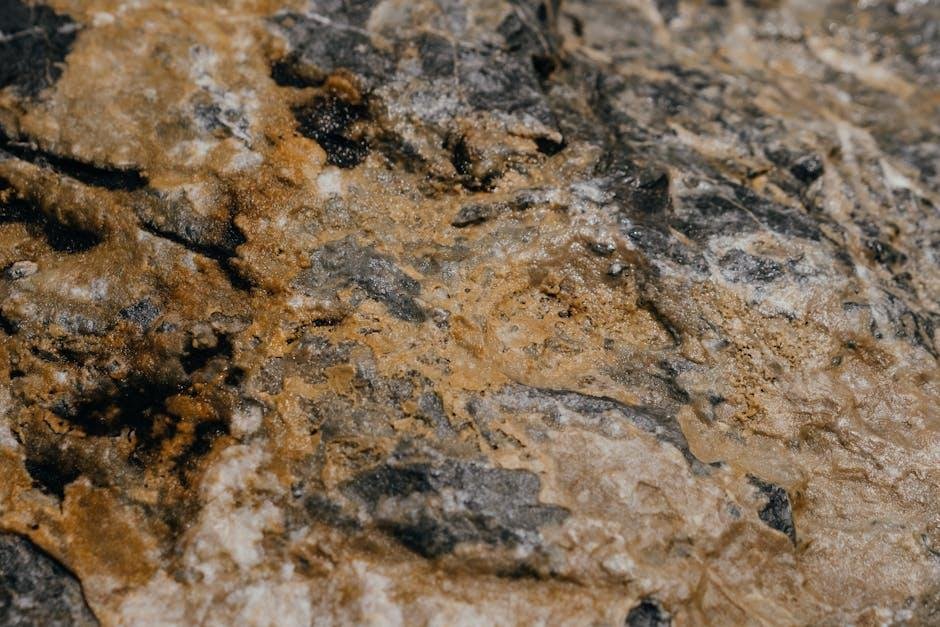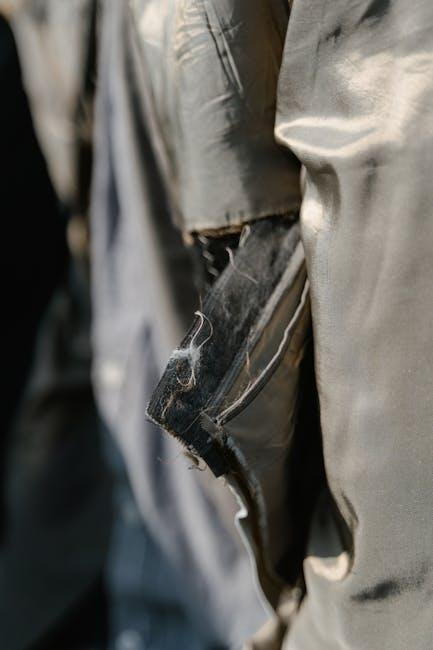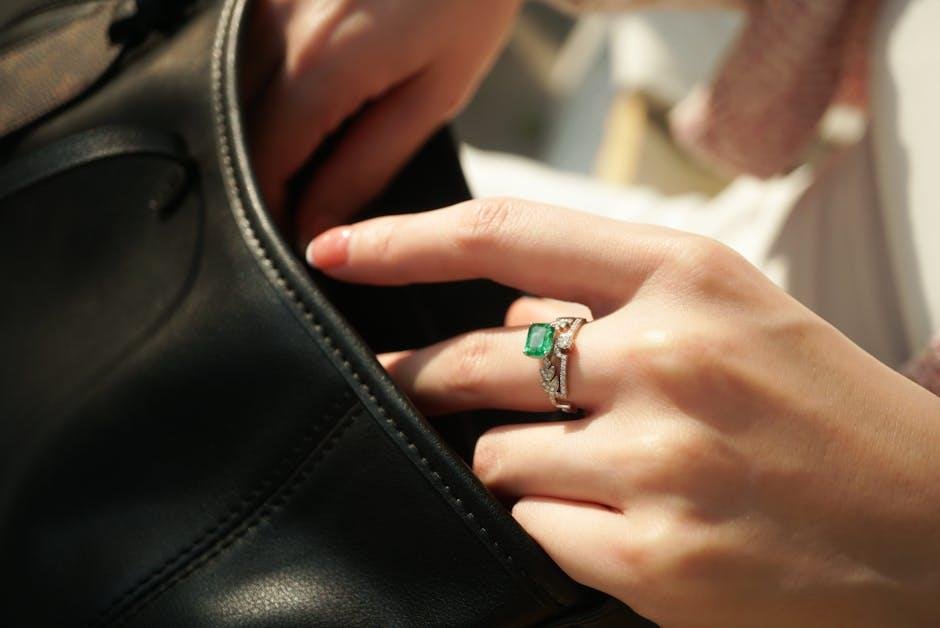As the seasons shift and the air begins to cool, the challenge of dressing appropriately for transitional weather comes to the forefront. One day, the sun might shine brightly, coaxing you into your favorite summer attire, while the next coudl bring a brisk chill that demands cozy layers. Mastering the art of layering not only enhances your comfort but also allows for a dynamic expression of personal style. In this guide, we delve into the essential principles of layering like a pro, offering tips and tricks to navigate the ever-changing climate, ensuring you stay chic, warm, and ready for whatever the day may bring. Whether you’re heading to the office, meeting friends for coffee, or embarking on a weekend adventure, these strategies will help you create versatile outfits that keep you stylishly prepared for the unpredictable nature of transitional weather.
Embracing Versatility with Base Layers
Base layers are the unsung heroes of transitional weather wardrobes, providing the perfect foundation to build your outfit. Designed to be worn close to the skin, they offer both warmth and moisture management, ensuring you stay pleasant as temperatures fluctuate throughout the day. Versatility is key, and these layers can be styled in a multitude of ways, making them a crucial piece for anyone looking to navigate the unpredictable climate.
Consider opting for base layers made from a variety of materials, each catering to different preferences and activities. Whether it’s a soft merino wool for those chilly mornings or a lightweight synthetic blend for more active pursuits, there are options to suit every occasion. Here are some standout features of quality base layers:
- Moisture-Wicking: Helps to keep sweat at bay.
- Insulation: Provides warmth without bulk.
- Durability: Designed to withstand regular use.
- Comfort: soft fabrics that move with you.
In addition to their functional benefits,base layers also allow for creative layering. You can easily pair them with mid-layers like fleeces or vests and top off with a stylish jacket. Here’s a simple table to illustrate different combinations:
| Base Layer Type | Recommended Mid-Layer | Top Layer |
|---|---|---|
| Thermal Long Sleeve | Fleece Pullover | Waterproof Shell |
| Short Sleeve Shirt | Lightweight Jacket | Windbreaker |
| Seamless Top | Cardigan | Trench Coat |

Elevating Your Look with cohesive Mid Layers
When it comes to mastering the art of layering, mid layers serve as the unsung heroes of your wardrobe.These garments not only bridge the gap between your base layers and outerwear but also add depth and interest to your overall look. Opting for cohesive mid layers in complementary colors or textures can enhance your outfit’s visual appeal. Here are some key elements to consider when choosing your mid layers:
- material: Choose breathable fabrics like merino wool or technical fleece for comfort and warmth.
- Fit: Look for styles that provide enough room to move but still maintain a tailored silhouette.
- Color Palette: Stick to a unified color scheme to create a seamless appearance.
- Pattern Play: Subtle patterns can add a dynamic touch without overwhelming the outfit.
Pairing the right mid layers with your outerwear can transform an ordinary outfit into something remarkable. Consider layering a lightweight knit sweater over a crisp, collared shirt for texture, or a cozy fleece underneath a denim jacket for a casual yet polished vibe. The possibilities are endless, but a few style tips can guide you:
| Mid Layer Style | Outer Layer Pairing |
|---|---|
| Lightweight Hoodie | Long Trench Coat |
| Cable Knit Sweater | Leather Jacket |
| Thermal Top | Waterproof Shell |
| Textured Cardigan | Tailored Blazer |

Choosing the Right Outer Layer for Weather Variability
When navigating the unpredictable shifts of transitional weather, selecting the appropriate outer layer is crucial for comfort and style. Look for materials that offer breathability and water resistance,as they will keep you dry during unexpected showers and allow moisture to escape during warmer spells. Consider jackets made from lightweight, packable fabrics that can be easily stowed away when not in use. Layering is key; a well-chosen outer layer can be paired seamlessly with both heavier insulative pieces and lighter undergarments to adapt to changing conditions.
Here are some essential features to look for when choosing your outer layer:
- Adjustable Hoods: A hood that can be tightened or loosened is invaluable for keeping the rain off your face.
- Ventilation Systems: Underarm zippers or mesh-lined panels help regulate heat and prevent overheating.
- Softshell vs. Hardshell: Softshell jackets are perfect for dry but chilly days,while hardshells provide ultimate protection against heavy rain and wind.
| Type of Layer | Best For | Features |
|---|---|---|
| Softshell | Windy, cool days | Stretchy, water-resistant, breathability |
| Hardshell | Heavy rain and snow | Fully waterproof, durable, windproof |
| Insulated Layer | Chilly evenings | Warmth, lightweight, compressibility |

Accessorizing for Comfort and Style in Transitional Seasons
As the seasons shift, finding the perfect balance between comfort and style can be a delightful challenge. Transitioning your wardrobe means embracing the beauty of layering, where accessories play a vital role in enhancing your outfit while ensuring you stay warm. Consider adding lightweight scarves, which not only provide warmth but also inject a splash of color into your look, or versatile <strong/cardigans that can be effortlessly draped over a simple tee. To achieve that chic yet cozy vibe, opt for long-sleeve shirts paired with a statement vest or a tailored jacket that allows for breathability without sacrificing style.
Footwear is another critical consideration during these fluctuating temperatures. Choose comfortable but stylish ankle boots or loafers that provide support for those longer days while remaining fashionable. A well-structured crossbody bag can not only serve a practical function but also elevate your overall aesthetic. For a curated look, mix textures and colors; think of pairing a sleek leather jacket with a soft, knit scarf for a perfect blend. below is a fast table to help summarize accessory choices for different transitional outfits:
| Accessory | Function | Style Tip |
|---|---|---|
| Lightweight Scarf | Warmth & Color | Choose bold patterns to make a statement. |
| Ankle Boots | Comfort & Style | Opt for chunky heels for added stability. |
| Crossbody Bag | practical & Chic | Select a bag with unique hardware for a trendy edge. |
Final Thoughts
As the seasons shift and the air begins to dance between warmth and coolness,the art of layering emerges as both a practical necessity and a fashionable endeavor. By mastering the techniques outlined in this guide, you can transform the transitional weather into an prospect for creative expression through your wardrobe. Remember, the key is balance—mixing textures, colors, and styles while ensuring comfort and functionality. Embrace the versatility of your clothing, and don’t shy away from experimenting with new combinations. With a little creativity and confidence, you can navigate the unpredictable climate in style, proving that layering is not just a skill but a statement. So, as you step out into the ever-changing world, may your outfits reflect the beauty of transition and the artistry of self-expression. Happy layering!

